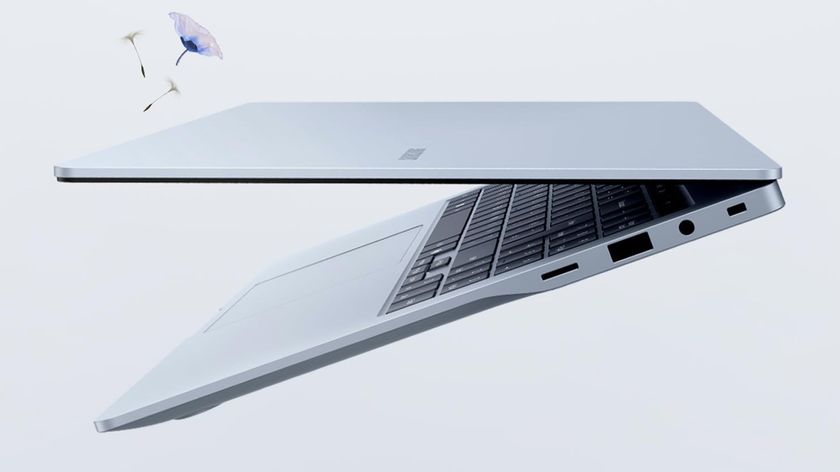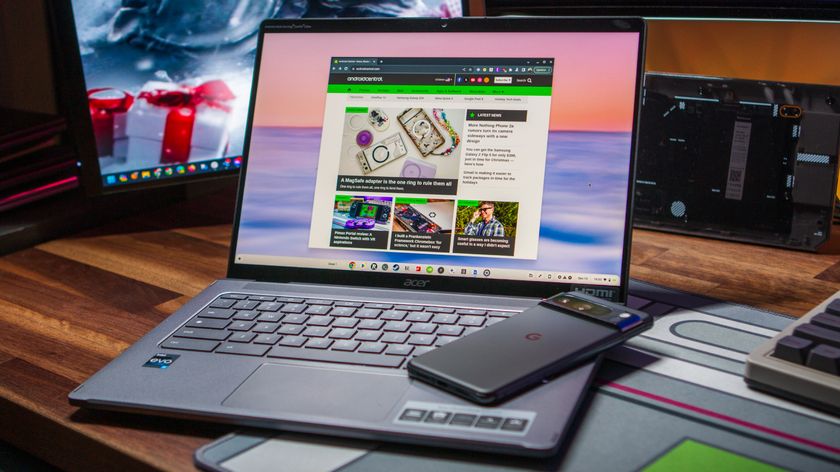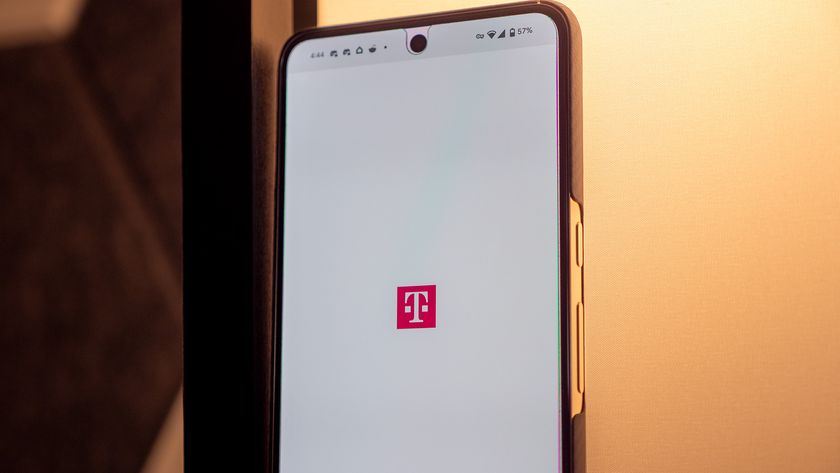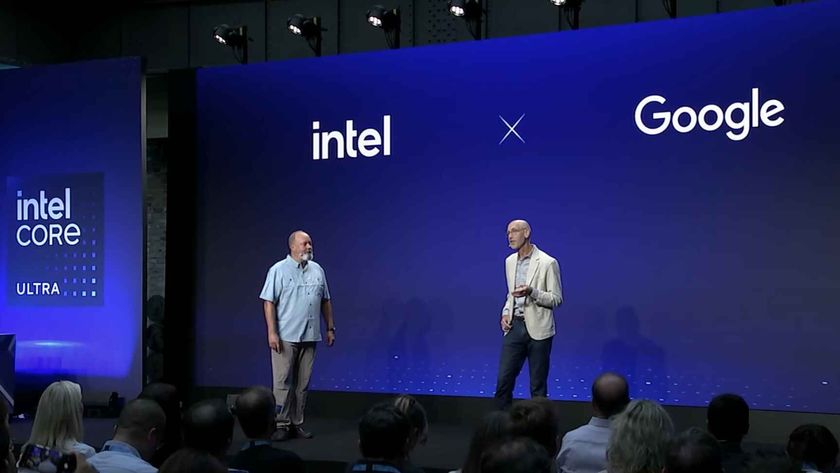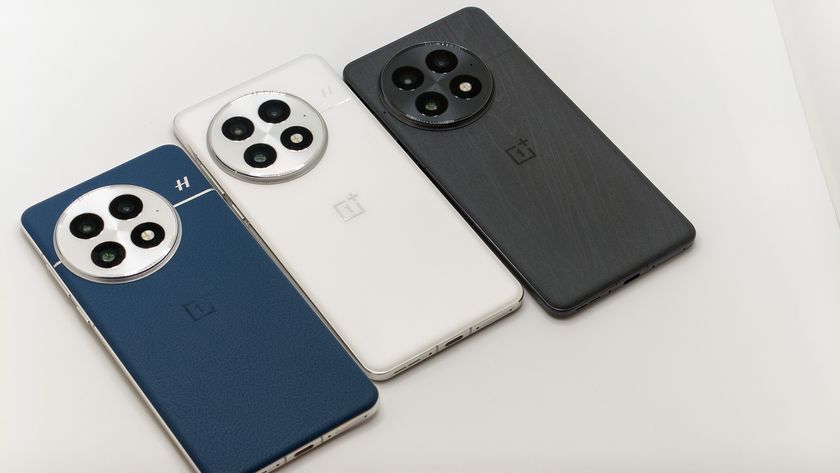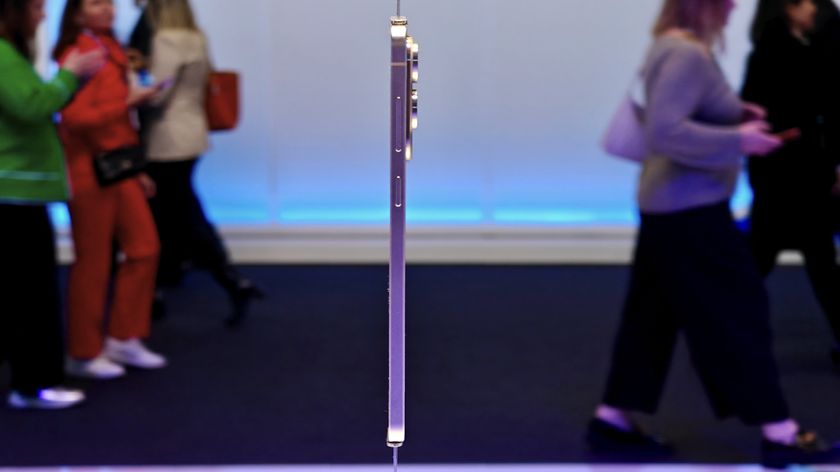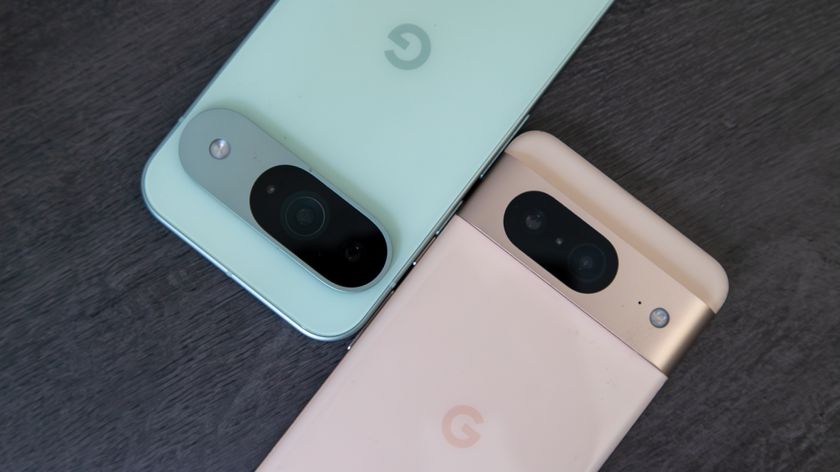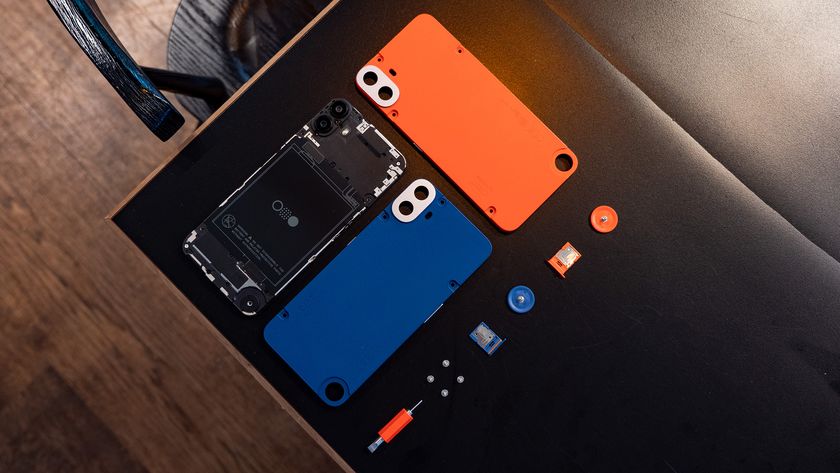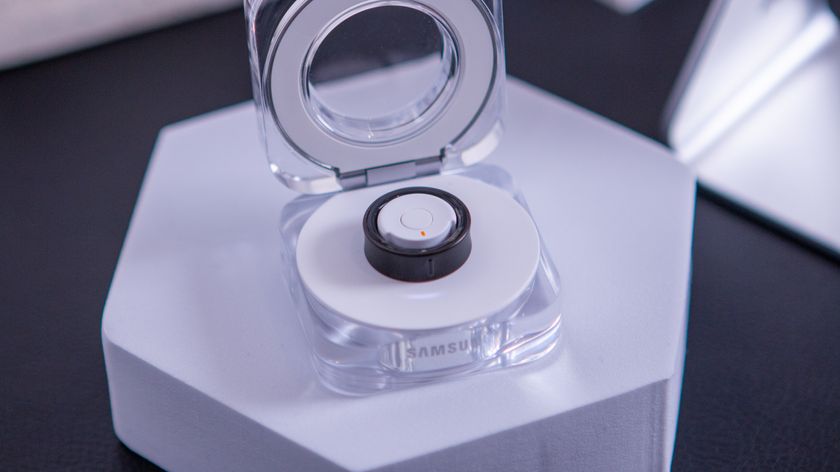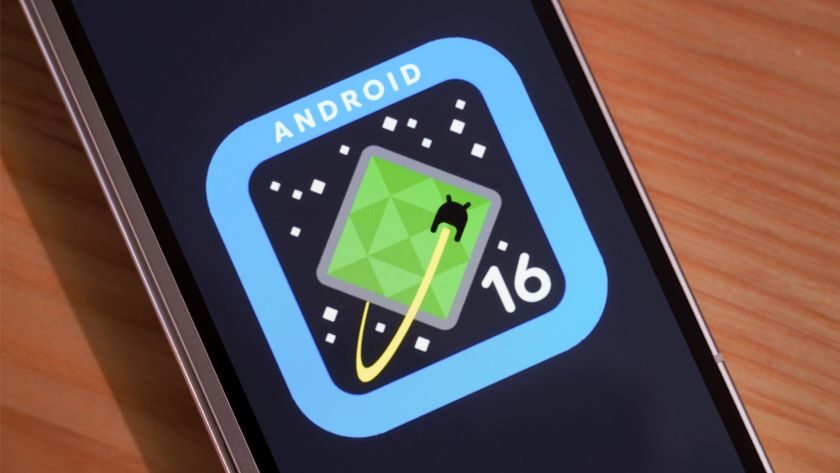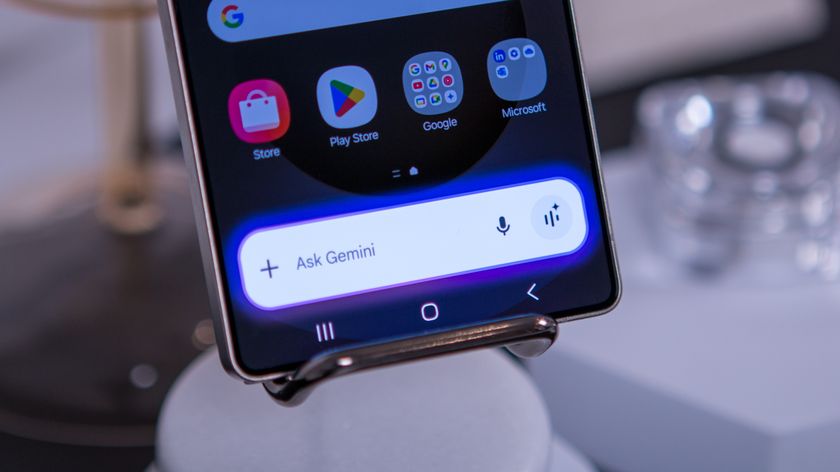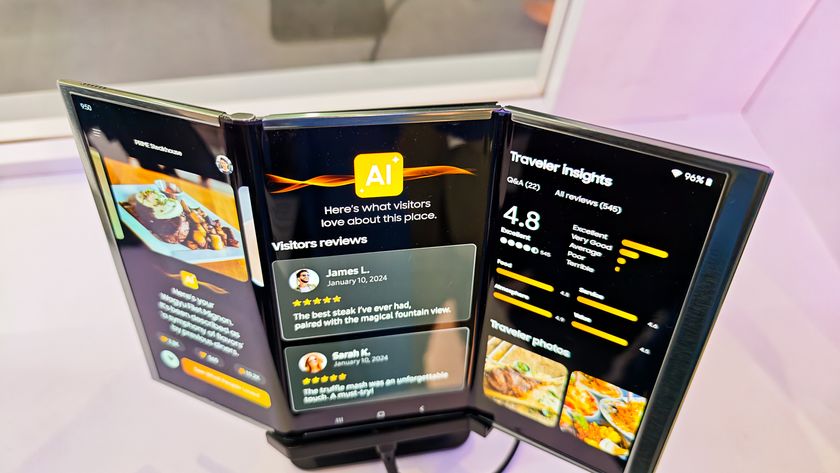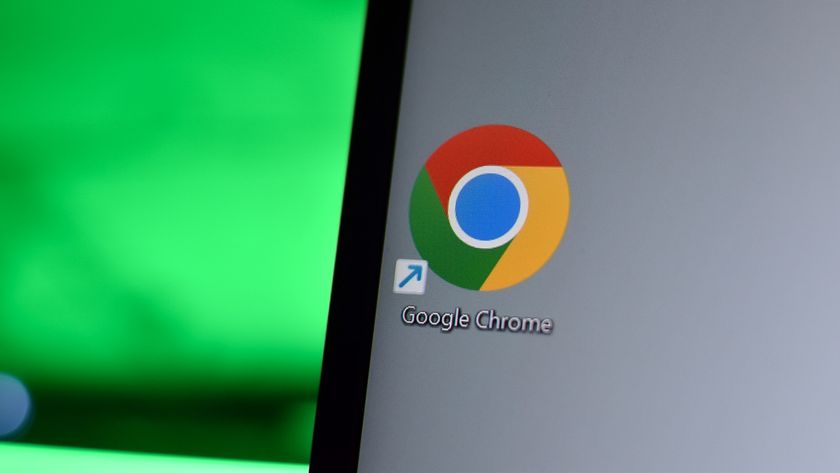The Pixelbook Go makes me wish Google would release a Pixelbook 2 already
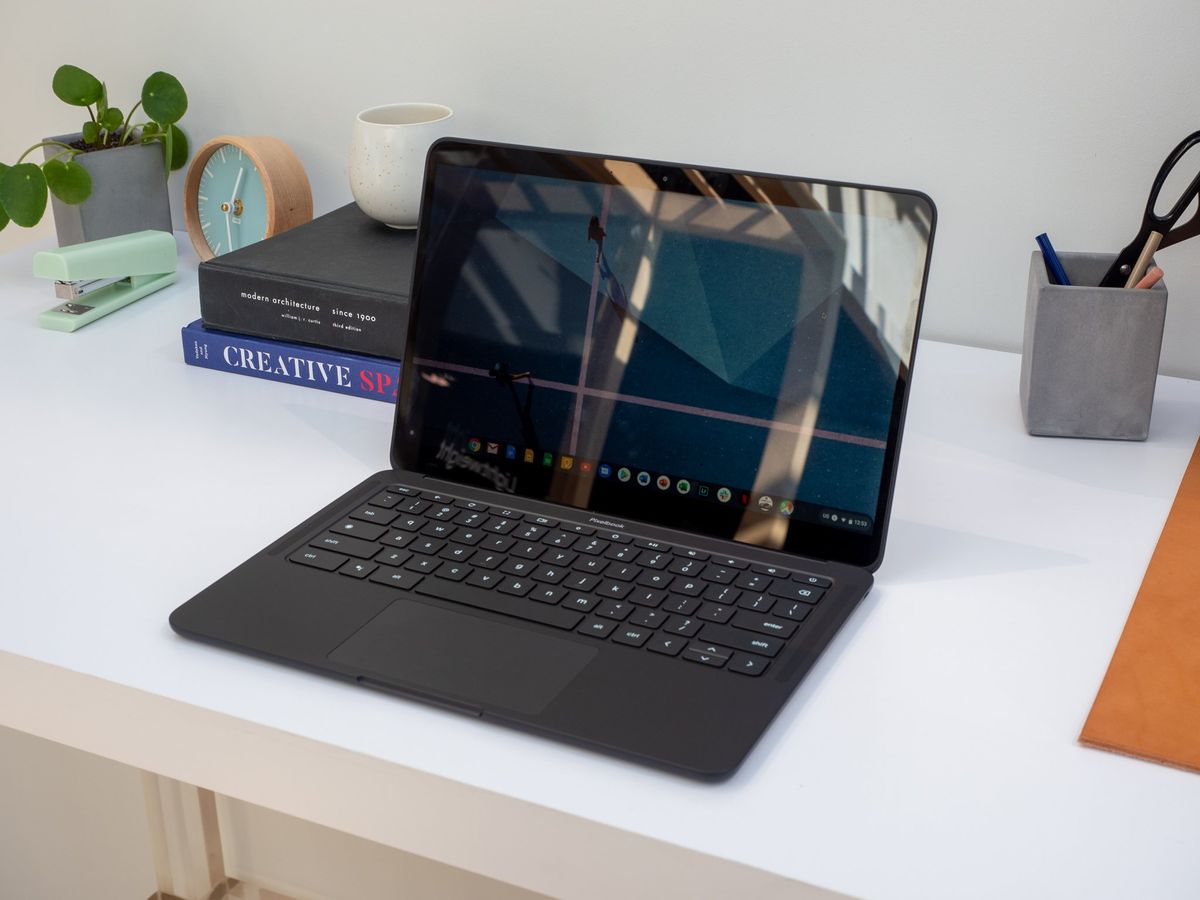
As with years past, the 2019 Made by Google hardware event was filled with announcement after announcement. The Pixel 4 was the star of the show, but Google also introduced us to its truly wireless Pixel Buds, a new Nest Mini speaker, Nest Wifi, and the Pixelbook Go.
The Pixelbook Go isn't something I was especially looking forward to, but after seeing Google unveil it and reading through our hands-on impressions, I have to admit that it seems like a darn-good machine. Google's attention-to-detail for its hardware is unmatched, the specs are more than capable for day-to-day tasks, and for someone that just wants a basic Chromebook for working on the go, the Pixelbook Go looks to be a perfect companion.
That's all fine and dandy, but the more I look at the Pixelbook Go, the more it makes me wish Google had used this year to also release a Pixelbook 2.
Google launched the Pixelbook back in 2017 alongside the Pixel 2, and it was incredible. The hardware was top-notch, it had an outstanding display, and the 2-in-1 form factor paired with the Pixelbook Pen allowed the Pixelbook to exist as a makeshift tablet with Android apps whenever you wanted it. Sure, it was expensive, but it was hands-down the best Chromebook you could buy.




Over those two years, however, the Pixelbook is definitely showing signs of its old age. The bezels surrounding the display are hilariously big by 2019 standards, the lack of a fingerprint sensor or face unlock is no longer acceptable, and we're still being asked to spend at least $900 for a two-year-old Intel processor.
Even more annoying is the fact that the Pixelbook Go is being sold alongside the OG Pixelbook. Google wants the two products to co-exist, but when the flagship offering has two years senior over the "lower-end" model, it's an odd product lineup.
There's a lot that goes into making a laptop, and it does seem like Google really took its time with the Pixelbook Go to craft something that users will thoroughly enjoy. However, the Pixelbook was already so well-done that it wouldn't have taken much to push out an updated gen-two. Slim the bezels down, add some sort of biometric authentication, update the internals, and you're good to go.
Be an expert in 5 minutes
Get the latest news from Android Central, your trusted companion in the world of Android
I know that's grossly over-simplifying things, but the fact is that the Pixelbook has an incredibly strong foundation. It wouldn't take much for Google to revamp it to be a more sensible purchase in 2019, but for whatever reason, that didn't happen.
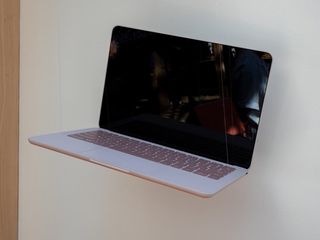
Google's want to appeal to the mid-range market is perfectly reasonable, but especially in a year where Microsoft is aiming to dominate the market with the Surface Laptop 3, Surface Pro 7, and Surface Pro X, not offering a new flagship laptop alongside the Pixelbook Go is dumbfounding.
2020 has to be the year of the Pixelbook 2, but as far as missed opportunities go, this is a pretty big one if you ask me.
Pixelbook Go hands-on: The back to basics Chromebook you've been waiting for Google to make
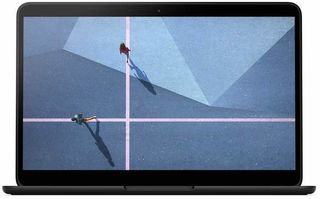
Google's take on a mid-range Chromebook has arrived.
The Pixelbook Go is the most affordable Chrome OS machine Google's ever released, and while it's still not "cheap," it offers a compelling package for the price range. You get 12 hours of battery life, a unique textured bottom, and a 13.3-inch display that goes up to 4K.
Joe Maring was a Senior Editor for Android Central between 2017 and 2021. You can reach him on Twitter at @JoeMaring1.
